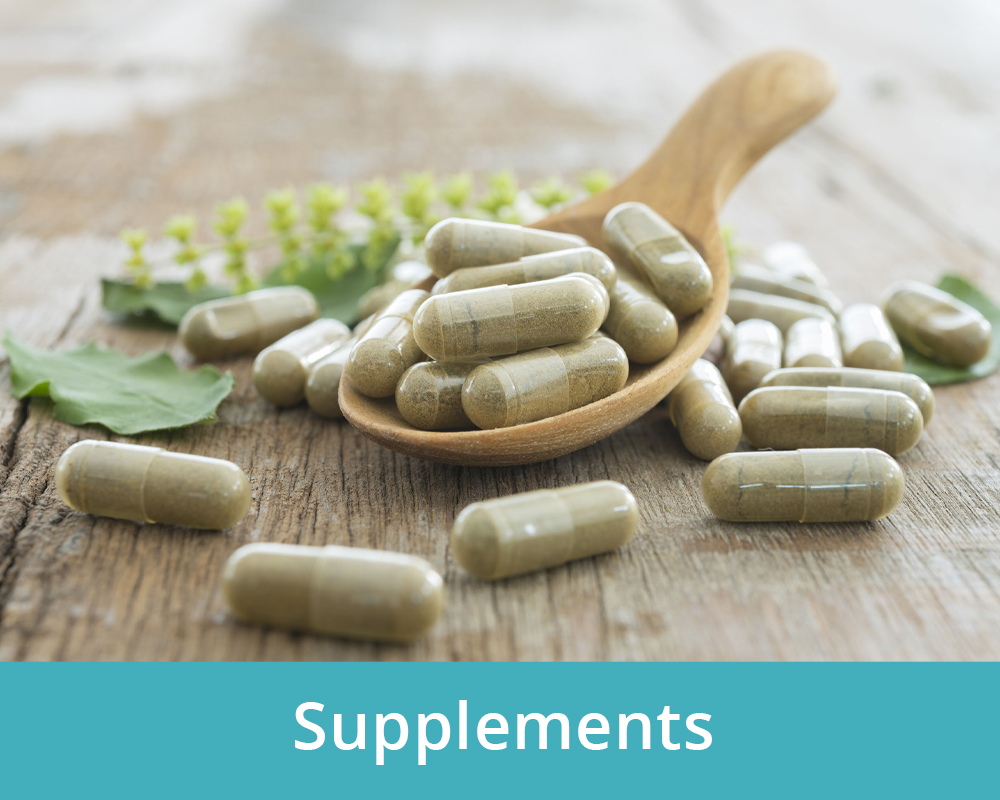
We have all heard the word “inflammation”… but what is it, and is it really that bad?
What Is Inflammation?
Believe it or not, inflammation is good for us and we need it! When we get injured, our bodies trigger an inflammatory response which causes redness, swelling and pain. This is all in an effort to bring more blood (and therefore nutrients) to the area to help with the healing process. However, when inflammation persists over time when there is no injury present, that is when it becomes problematic.
The Effects of Chronic Inflammation
Inflammation is well recognized as a root cause for many diseases and health conditions. Inflammation has been shown to contribute to obesity; endometriosis; heart disease including stroke; autoimmune diseases such as lupus and rheumatoid arthritis; cancer; diabetes; thyroid issues; inflammatory bowel disease; pulmonary diseases; as well as depression, anxiety, ADD/ADHD; and many other chronic pain conditions including arthritis, migraines/headaches, and fibromyalgia.
What Causes Chronic Inflammation?
Inflammation can be a product of certain diet and lifestyle choices. Inflammation can accumulate over time as a result of continued oxidative stress. Oxidative stress is a phenomenon that occurs when there are more damaging “free radicals” in the body than there are protective antioxidants to neutralize them.
Over time, oxidative stress leads to oxidative damage, which in turn leads to chronic inflammation, that promotes the above diseases to occur.
Inflammation and Pain
To help manage pain, you need to help manage inflammation in the body. This is why NSAIDs (Non-Steroidal Anti-Inflammatory Drugs) are a common strategy for pain relief, these drugs block inflammatory pathways that lead to pain.
Another way to manage inflammation – from the root cause – is through diet!
How Nutrition Can Help with Inflammation and Chronic Pain
Nutrition has a crucial role in helping to reduce inflammation by providing antioxidants and various phytochemicals, fiber, omega-3, as well as specific vitamins and minerals. Unfortunately, the importance of nutrition is often grossly overlooked as part of a chronic pain program.
We are here to help you on your journey to a more pain free lifestyle!
Below we list some strategies to help you find some relief from your pain and other pain related symptoms. This is not, by any means, an exhaustive list… but, hopefully a great start to provide you with some direction in the search for relief. Plus, check out our article on our Top 10 Anti-inflammatory Foods!
Anti-Inflammatory Diets
There are many diets that can help reduce inflammation this includes vegetarian diets, the Mediterranean diet, a specific anti-inflammatory diet, or following a gluten-free and dairy-free diet.
Regardless of the exact strategy used, common elements among all these diets include:
- whole-food based, limiting or excluding processed foods
- tons of fresh fruits and vegetables
- increasing intake of Omega-3, while reducing intake of Omega-6
- avoiding sugar, hydrogenated oils, and processed ingredients
Kylie James, founder of Koru Nutrition, was fortunate to be a part of a study at Brock University which followed individuals with spinal cord injuries (SCI). People with an SCI are in a chronic state of low-grade inflammation and are at higher risk of many secondary health conditions as identified above. The study focused on tracking inflammatory markers in the blood while following an anti-inflammatory diet, and how the dietary intervention impacted the participants’ mood, depression and sleep. The study diet was based on whole foods, while avoiding all gluten and dairy products, as well as adhering to a supplement program including omega 3, turmeric, antioxidants, vegetarian protein powder and a greens supplement. After 3 months following the diet the results showed that cytokine levels (inflammatory markers IFN-y, IL-1B, IL-6, CRP) reduced in the blood by 28%. Additionally, depression scores reduced by 55% in 3 months compared to 48% reduction in depression scores when using SSRI’s for 6 months. Pain scores significantly reduced by 39%. Participants also noted significant improvements in weight loss and sleep (3). This study demonstrates the therapeutic role that nutrition has in reducing inflammation, pain, and resulting symptoms.
For more information or support with getting started with a therapeutic anti-inflammatory diet please reach out to us to book an appointment. If you’re a clinician with a client suffering from chronic pain and are interested in making a referral, please fill out our referral form.
Maintain A Healthy Weight
Maintaining a healthy weight is critical to help mitigate pain experiences. This might be difficult given exercise and activity can contribute to pain, but again that might be another reason why changing the diet becomes such a major step in a rehabilitation and/or pain-reduction program.
One 2012 study published in the journal Clinical Rheumatology found that people with fibromyalgia experienced less pain and depression, had fewer tender points, and slept better after losing weight. This study suggests that weight loss can be an important part of fibromyalgia treatment (1).
A 2019 literature review also suggests that weight loss and eating a low calorie diet can contribute to less pain and inflammation and an improved quality of life (2).
One of the reasons for this is that fat tissue excretes inflammatory markers and can impact hormones, such as the production of excess estrogen, which can promote inflammation. The other important factor is that inflammation contributes to weight gain and weight gain contributes to inflammation, so it is important to work on both to break the cycle.
Vitamin D, Magnesium and Calcium
A 2018 literature review, has linked pain in conditions such as fibromyalgia to low dietary intake of, and low levels of nutrients such as magnesium, calcium, and vitamin D (4). Deficiencies in vitamin D (which is common in Canada in light of our long, dark winters) can be associated with joint, bone and muscle pain. In observational studies, low vitamin D levels have been associated with increased pain and higher opioid doses. Recent interventional studies have shown promising effects of vitamin D supplementation on cancer pain and muscular pain in patients with insufficient levels of vitamin D when starting intervention (6).
Symptoms of calcium deficiency include leg, bone, joint and neck pain; as well as muscle cramps and muscle spasms; numbness and tingling in the hands, feet, and face; and frequent toothaches. Magnesium deficiency can promote inflammation and contribute to fatigue, sleep and mood problems and muscle dysfunction such as muscle cramps and spasms – all factors that influence pain. Studies show that magnesium can reduce osteoporosis pain, muscle cramps, muscle spasms and myalgia (5).
References
1. https://link.springer.com/article/10.1007%2Fs10067-012-2053-x
2. https://www.tandfonline.com/doi/full/10.1080/07853890.2018.1564360
3. Allison, Thomas, Beaudry and Ditor, 2016 (Journal of Neuroinflammation)
4. https://www.sciencedirect.com/science/article/abs/pii/S0753332218309697
5. James, Smith, Eat Well Live Well with Spinal Cor Injury and other Neurological conditions, 2013
6. https://pubmed.ncbi.nlm.nih.gov/29057787/
7. https://file.scirp.org/pdf/FNS_2014062611410421.pdf
8. https://pubmed.ncbi.nlm.nih.gov/27485230/
9. https://pubmed.ncbi.nlm.nih.gov/16280438/
10. https://pubmed.ncbi.nlm.nih.gov/21242652/
11. https://pubmed.ncbi.nlm.nih.gov/21142420/
12. https://www.mountsinai.org/health-library/supplement/bromelain





